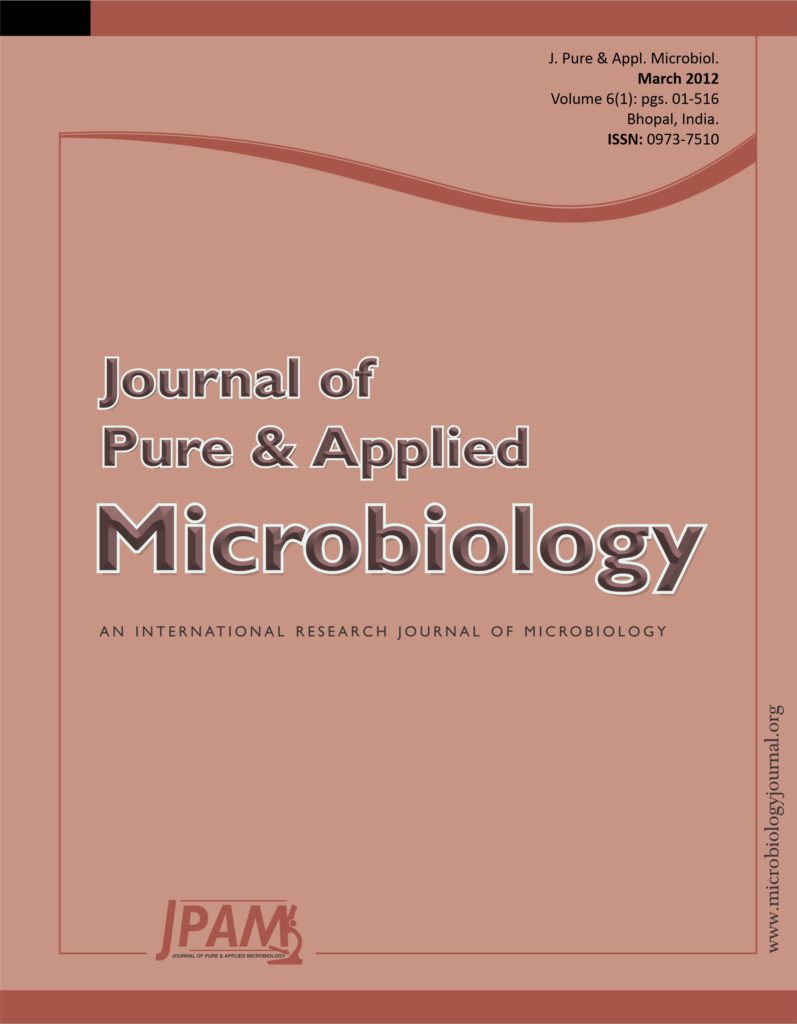Endophytic bacteria were isolated from aerial parts of Centella asiatica (L.) Urban and identified using 16S ribosomal DNA sequences. Erythrocyte haemolysis protection, 2,2–diphenyl-1-picrylhydrazil scavenging activity, superoxide dismutase activity and antioxidant reductive capacity assays were carried out to evaluate the antioxidant potential of the cell free supernatant from the bacterial cultured broth of the isolated endophytic bacteria. The antibacterial potential of the endophytic bacteria was investigated using a disc diffusion method. Pantoea agglomerans AR_PSBH2 showed the highest antioxidant properties in all tests except the superoxide dismutase activity assay in which Erwinia soli AR_PINLTS1 showed the highest activity among all endophytic bacteria. Antioxidant activity of none of the isolated bacteria was significantly compatible with ascorbic acid (1mg/ml) as the positive control in all four employed assays. Meanwhile the 2,2–diphenyl-1-picrylhydrazil free radical scavenging activity of tert-butylated hydroxytoluene (1 mg/ml) as the positive control was significantly lower than all of the isolated bacteria. All isolated endophytic bacteria except Bacillus gibsonii AR_PBSTSB inhibited the growth of Pseudomonas aeruginosa a species pathogenic bacteria while none of them showed antibacterial activity against Escherichia coli, Staphylococcus aureus and Bacillus cereus.
Centella asiatica, Endophytic bacteria, Antioxidant activity, Antibacterial activity
© The Author(s) 2012. Open Access. This article is distributed under the terms of the Creative Commons Attribution 4.0 International License which permits unrestricted use, sharing, distribution, and reproduction in any medium, provided you give appropriate credit to the original author(s) and the source, provide a link to the Creative Commons license, and indicate if changes were made.


